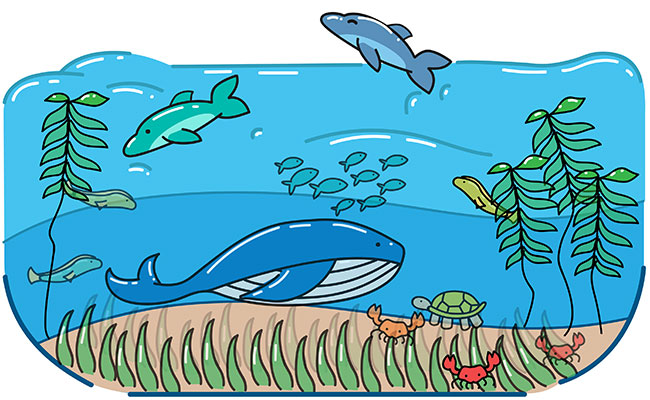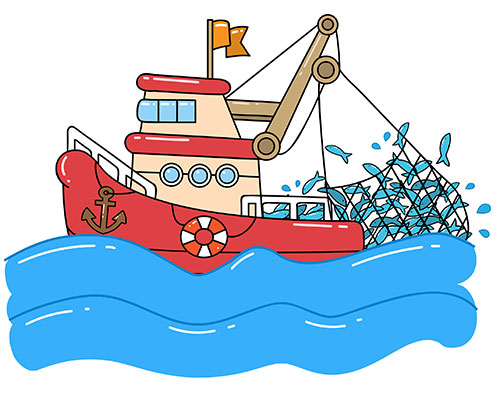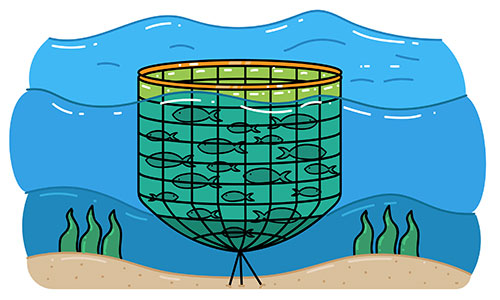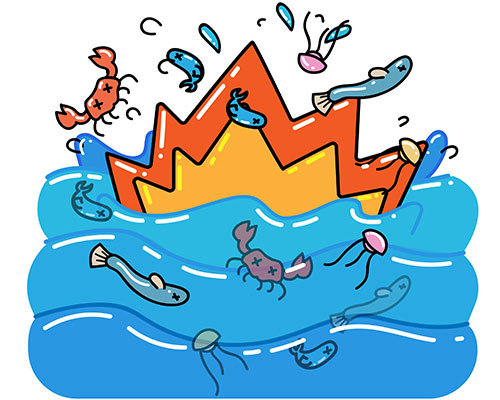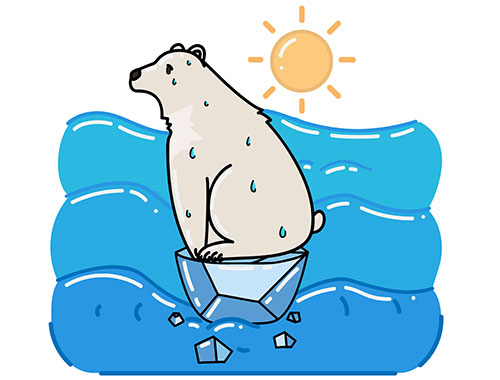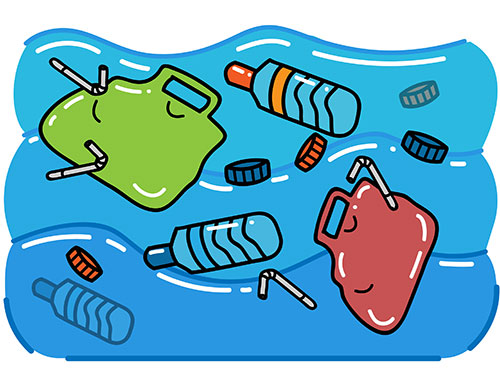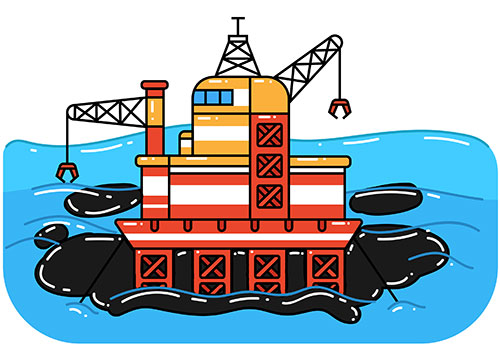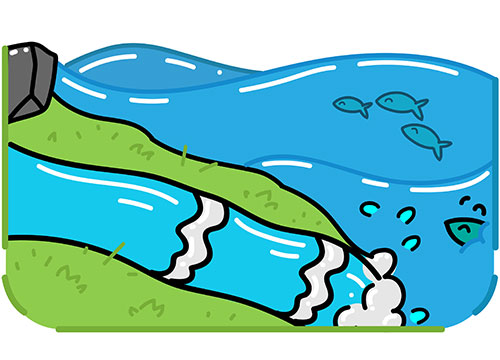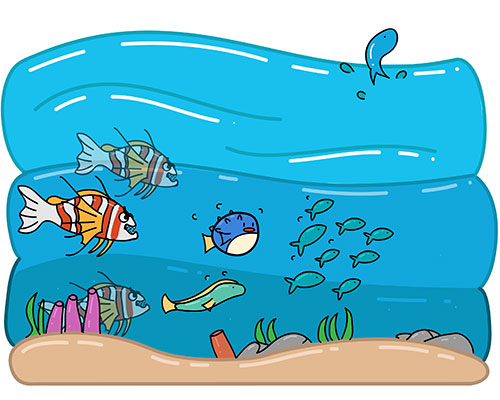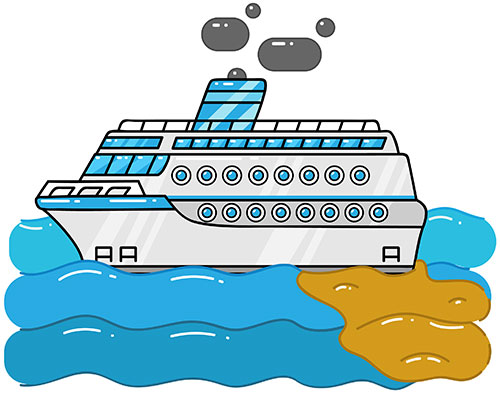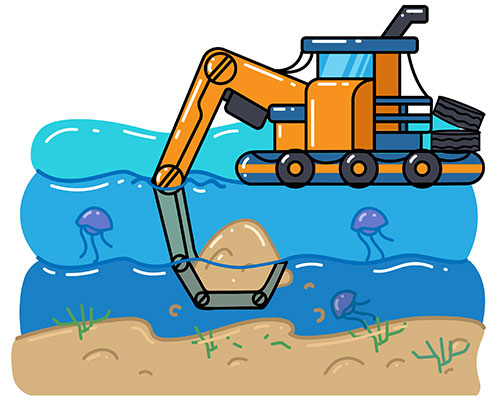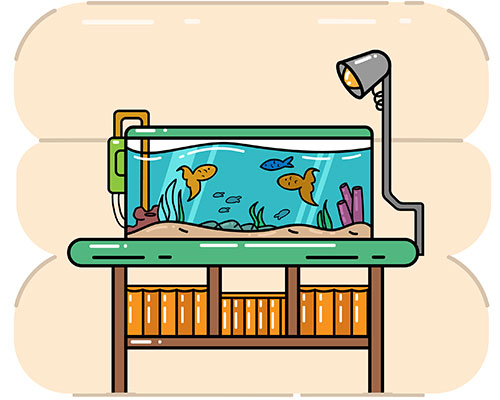The State of Our Oceans in 2018 (It’s Not Looking Good!)
ENVIRONMENT, 23 Jul 2018
FishLab – TRANSCEND Media Service
12 Jul 2018 – Our oceans are a marvel- alive with color, noise, drama, curious life forms, and fascinating creatures – and that is just what we know about today! Every day, scientists learn more about the wonders beneath the waves.
From space, our planet Earth shines blue amidst the infinite blackness. That is because oceans and seas cover over 70 percent of the Earth’s surface and hold 97 percent of all the water on Earth.
The oceans are responsible for making conditions on Earth suitable for us to live on it. Our rainwater, drinking water, weather systems, and climate are all ultimately provided and kept in balance by the oceans. We rely on them as a major source of the food we eat, and they produce the majority of the oxygen that we breathe.
For hundreds of years, we humans have thought that our oceans were so massive, and the animals in them so infinite in number, that our actions could not possibly harm them. But we now know that this is not the case. The threats that our actions pose are significant, and they can have far-reaching effects.
Recent studies have made startling discoveries. For example, by 2050 there will be more plastics than fish in our oceans by weight.[1] Facts like this have helped to make the public more aware of the harm that our everyday materials can cause.
But among all the bad news, there are some success stories. With sensible management, we can undo some of the damage that has already been done. Some fish species, which had almost disappeared due to overfishing, have been successfully rebuilt, and levels of certain poisonous chemicals have fallen after global action was taken.
This guide looks at the major threats that we humans are placing on our oceans in 2018. It explores how they affect the fish and other marine life that are so vital to a healthy planet. In each chapter, we look at what can be done to protect our oceans, with tips and advice that you can personally follow to make a difference.
There is no one simple fix to these problems, but by having a greater understanding, taking small actions, and making small changes, we can all help to keep our oceans healthier and more sustainable for generations to come.
Topic Summaries
This giant guide is broken down into chapters, to make it easier to find the information you are looking for.
(Click on the title to go to chapter)
Chapter 1: Overfishing
If fishing boats catch fish from the oceans faster than their populations are able to replace themselves through reproduction, then their numbers will start to fall.
Because fish live hidden beneath the waves and can travel thousands of miles over their lives, it is not very easy to keep track of the sizes of their populations like you can with cattle or sheep on land. To make it even more difficult to manage, the oceans are so vast that it is very hard to make sure everyone is following the fishing laws.
Overfishing does not just harm the species of fish that is being caught. It also knocks the entire local ecosystem off balance, affecting the animals that the fish would normally eat and those that rely on it as their food source.
Chapter 2: Aquaculture
Many wild fish populations have fallen, making it harder for fishers to earn enough money from their catch. Because of this and the growth in popularity of fish like salmon and trout in developed countries, there has been an increase in fish farming, or aquaculture.
Raising ‘farmed’ fish is cheaper than catching wild fish, and greater volumes can be produced faster. This allows people to buy fish like salmon for a lower price than they could before.
Although some people see fish farming as a way to provide enough fish to feed the growing human population, there are many problems linked to the industry. From putting pressure on wild fish populations and the spread of parasites and disease to the predator control systems that affect local whale and dolphin behavior, the impacts can be far-reaching.
Chapter 3: Destructive Fishing
Some fishing methods can cause harm to the ocean environments where the fish are caught. Bottom trawling, where fishing boats drag large, heavy nets along the seafloor, is one of these methods and is practiced on a huge scale all around the world.
The other two fishing methods, cyanide and blast fishing, are mostly illegal. The problem is that the countries where they are practiced have not been able to stop people from doing it. Fishers can make more money and catch a lot more fish using these methods compared to using nets or rods.
Corals, sponges, and other organisms living on the seabed are either broken off, killed, or poisoned by these three fishing methods. This makes the seabed a less safe and healthy environment for the creatures that live on it.
Chapter 4: Climate Change
The Earth’s climate is warming on a global scale due to human activity. And as air temperatures increase, so do the ocean temperatures. Although ocean temperatures do not rise as fast or as much, small differences can have big effects for the animals and plants that live in them.
Global temperatures are rising because we are producing higher levels of greenhouse gases than ever before. The oceans absorb the majority of these gases, slowly making them more acidic. This process is threatening the health of many marine creatures and putting fragile ecosystems at risk.
Chapter 5: Rubbish and Other Wastes
Think of all the things you use and consume in an average day. What happens when you have finished with them?
- The shower gel you washed with?
- The straw you drank your drink with?
- The bag you bought your lunch in?
- The food you ate – where does that go when you are done? (Hint: *flush*)
- The sunscreen you used the last time you went to the beach?
We humans produce a lot of waste… And no matter where we live in the world, not all of it is managed correctly. Huge quantities of waste find their way (or are actually dumped!) into our oceans where they can be potentially deadly to the plants and creatures living in them.
Chapter 6: Offshore Oil and Gas Drilling
For over a hundred years, we have relied on fossil fuels for almost all our energy needs. And, we still do today! To supply this demand, oil and gas are pumped out from deep beneath the seabed and transported all around the world.
Every oil reserve is limited, and eventually no more can be pumped out. This means that companies must continually search for and dig new oil wells. And as the easier locations have already been drilled, companies are looking in more remote and challenging locations to find new sites.
All the activities linked to oil and gas drilling carry serious threats to our oceans and the plants and creatures that live in them. And an accident can have fatal consequences that spread for hundreds of miles and last for decades.
Chapter 7: Surface Runoff
When it rains, or spring temperatures cause snow to melt, large quantities of water run off the land. The ground and trees absorb a lot of it, but plenty still runs into rivers or storm drains and then out to sea.
As the water runs over the land, it wears down the soil and carries it along for the ride. It can also pick up any nutrients, chemicals, or other wastes that were lying on the surface. All of these polluting materials then end up being transported to our oceans.
Depending on what the water carried with it, surface runoff can have different damaging effects. Sediments can block light from reaching plants on the seabed, fertilizers and sewage can cause algal blooms, and pesticides and chemicals can poison marine plants and creatures.
Chapter 8: Invasive Species
Every day, thousands of species of plants and creatures manage to catch rides out of their home environments and into new ocean locations. Although most of these species will die because they are unable to cope with their new conditions, some are able to adapt well. Too well.
These species are able to spread rapidly without any natural predators to keep their numbers in check. They can then compete against local species for food and space or even develop a taste for them. This is sometimes devastating for the local habitats and fish populations and for the incomes of the fishers who rely on them.
Chapter 9: Vessel Pollution
There are countless millions of boats and ships in our oceans, ranging in size from small pleasure boats to massive oil tankers. Despite laws designed to prevent them from doing so, many of these vessels still dispose of their waste directly into the water.
These wastes can contain oils, chemicals, sewage, or even foreign organisms. And then, there is the noise of the boat as its propeller forces it through the water. These various forms of pollution affect our oceans in a number of ways.
Chapter 10: Port and Harbor Dredging
For a wide variety of reasons, sections of coastal seabeds are dug out to make the water deeper. Mostly it is done to allow boats and ships to gain access to ports and harbors.
This activity kicks up a lot of dirt and debris into the water and disturbs the plants and animals that have made that part of the seabed their home. The collected sediment then is typically dumped at sea, where it disturbs the organisms that live near the disposal location.
Chapter 11: Live Trade of Fish and Coral for the Aquarium Industry
Although most home aquariums are freshwater, there has been a recent growth in the popularity of marine reef tanks. These tanks create a micro reef ecosystem, including colorful tropical fish, corals, and starfish.
The problem is that most of these organisms are taken from wild tropical reefs and then imported to various countries to fill our tanks. Although the trade is smaller than fishing for food, it can still be a major threat to the delicate reef environments that were the first homes of these incredible life forms.
DISCLAIMER: The statements, views and opinions expressed in pieces republished here are solely those of the authors and do not necessarily represent those of TMS. In accordance with title 17 U.S.C. section 107, this material is distributed without profit to those who have expressed a prior interest in receiving the included information for research and educational purposes. TMS has no affiliation whatsoever with the originator of this article nor is TMS endorsed or sponsored by the originator. “GO TO ORIGINAL” links are provided as a convenience to our readers and allow for verification of authenticity. However, as originating pages are often updated by their originating host sites, the versions posted may not match the versions our readers view when clicking the “GO TO ORIGINAL” links. This site contains copyrighted material the use of which has not always been specifically authorized by the copyright owner. We are making such material available in our efforts to advance understanding of environmental, political, human rights, economic, democracy, scientific, and social justice issues, etc. We believe this constitutes a ‘fair use’ of any such copyrighted material as provided for in section 107 of the US Copyright Law. In accordance with Title 17 U.S.C. Section 107, the material on this site is distributed without profit to those who have expressed a prior interest in receiving the included information for research and educational purposes. For more information go to: http://www.law.cornell.edu/uscode/17/107.shtml. If you wish to use copyrighted material from this site for purposes of your own that go beyond ‘fair use’, you must obtain permission from the copyright owner.
